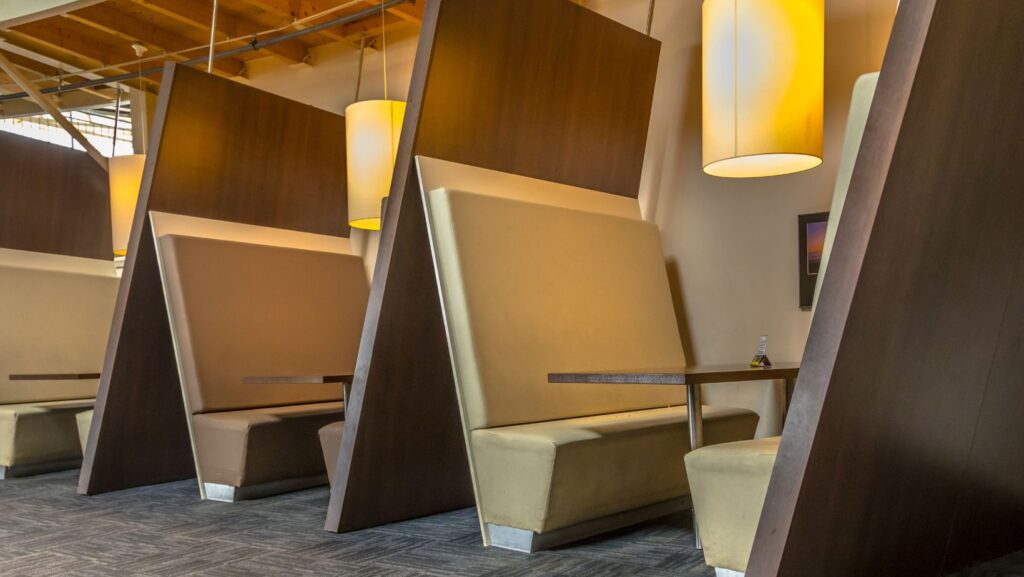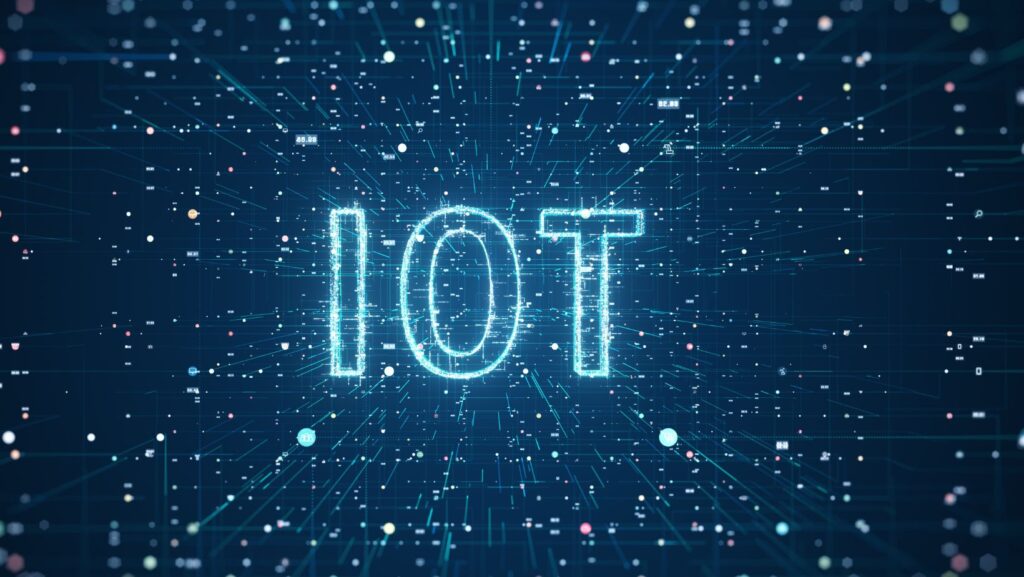The dining experience has always been about more than just food. It is about atmosphere, service, and the memories people create while sharing a meal. In recent years, technology has become a powerful part of that experience. Restaurants are finding new ways to integrate digital features into their spaces without losing the warmth and comfort diners expect. One of the most exciting innovations is the use of sensor-driven displays built directly into booth bench partitions.
This concept takes familiar booth seating and adds a layer of interactive, high-tech engagement. Imagine sitting down and having the booth come to life with a welcome message, interactive menu options, or even a game to pass the time while waiting for your meal. With over 65 percent of diners saying they feel more engaged when restaurants provide interactive technology, it is no surprise that more venues are exploring this trend with commercial-grade restaurant furniture of all types. These displays not only capture attention but also create a more personalized and memorable dining experience, setting the stage for a new era in restaurant seating.
The Technology Behind Sensor-Driven Displays
Sensor-driven displays go beyond standard digital signage. Instead of static screens, these are intelligent systems that react to the presence and actions of diners. Motion sensors can detect when someone approaches, touch sensors allow for easy navigation, and proximity sensors can adjust brightness or content based on how close a guest is to the screen.
These displays fit directly into booth bench partitions in a way that feels natural and unobtrusive. The hardware is built to handle the challenges of a restaurant environment, with durable casings, moisture-resistant screens, and sleek designs that blend into different seating styles. Many of these systems operate on low energy consumption, keeping costs down while still offering high-quality performance.
Transforming the Guest Experience
Restaurants thrive when they make guests feel welcome and engaged, and embedded displays can do exactly that. Diners can browse digital menus, check ingredient details, or explore wine pairings without calling over a server. Families might enjoy interactive games or trivia challenges, while couples can use the display to learn more about the restaurant’s story or upcoming events.
Some systems offer personalized recommendations based on previous visits or popular choices among similar diners. Sensor activation creates an element of surprise, lighting up or greeting guests as they sit down. Interactive features such as loyalty program sign-ups or local attraction guides add another layer of connection. Studies show that 72 percent of guests tend to stay longer when interactive technology is available, giving restaurants more opportunities for sales.
Why Restaurants Benefit from This Technology
For restaurant owners, the appeal goes beyond impressing guests. Digital displays can replace printed menus, saving on printing costs and allowing instant updates for specials or seasonal dishes. Promotions can appear at just the right time, encouraging guests to order dessert, try a signature drink, or add a side to their meal.
These displays can also handle some of the workload for staff, answering frequently asked questions or offering information about allergens and dietary choices. Built-in surveys and feedback forms make it easy to capture diner opinions on the spot. On the back end, analytics tools track which menu items get the most attention, helping managers make better business decisions.
Designing and Integrating Technology into Booths
The success of this concept depends on smart design. Booth partitions must be sized to comfortably house the display without feeling bulky. Placement matters, as screens need to be at a natural viewing angle that does not interfere with conversation or privacy.
Cable management, power supply access, and ventilation must all be integrated into the booth structure to keep the system running smoothly. The choice of materials is also important. Wood, laminate, or acrylic panels can all work, but they should complement the booth’s style and the restaurant’s overall interior. With thoughtful planning, these displays become part of the booth rather than a separate gadget.
Keeping the Technology Running Smoothly
Like any high-use feature, embedded displays need regular care. Daily cleaning keeps them free from fingerprints and smudges, ensuring they remain inviting for the next guest. Software updates should be scheduled to maintain security and functionality.
Protection against spills or impact damage is essential, especially in busy dining rooms. Restaurants should choose suppliers that offer strong warranties and reliable support. Commercial-grade touchscreens are built for heavy use, with many able to handle more than 50,000 touches while maintaining responsiveness, making them a smart investment for long-term use.
The Future of Tech-Infused Dining Spaces
The potential for this technology is still expanding. In the near future, artificial intelligence could tailor menu displays to individual guests based on preferences, past orders, or even time of day. Augmented reality features could allow diners to see a 3D version of their meal before ordering.
Voice-activated ordering could make the experience even smoother, especially for accessibility. Multi-sensory features might combine visuals, sound effects, and even subtle scent releases to enhance the dining atmosphere. Booth partitions could even include wireless charging pads, ensuring guests can keep their devices powered while enjoying their meal.
Redefining Restaurant Seating for a Connected Era
Sensor-driven displays in booth partitions represent a bold step forward in dining design. They bridge the gap between the comfort of traditional seating and the excitement of modern technology. For guests, they create richer, more interactive experiences. For restaurants, they bring efficiency, data insights, and opportunities for upselling that can directly improve the bottom line.
The restaurant industry thrives on innovation, and these smart booths are a perfect example of how technology can serve both hospitality and business goals. As these ideas become more common, diners will come to expect interactive features as part of the dining experience. By embracing them now, restaurants can stand out, delight guests, and build stronger connections that keep people coming back.




